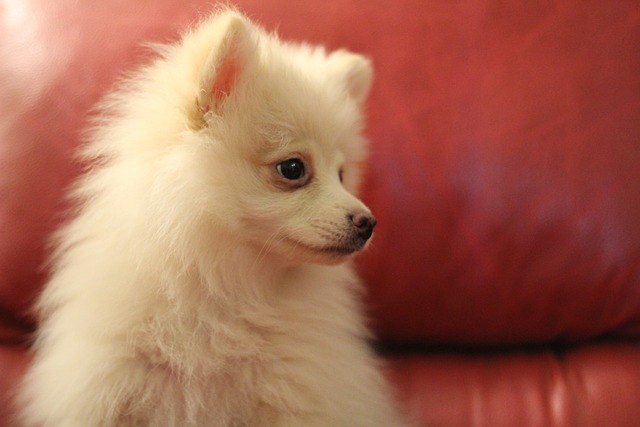
How do i train my dog to be obedient?
Watching your dog dart across the park ignoring your calls isn’t just frustrating—it can put them at risk near busy streets or public spaces.
If you’re staring at your 3-month-old puppy—currently gnawing your favorite slipper while zooming circles around the coffee table—you’ve probably wondered: Is this tiny tornado even trainable? It’s easy to feel overwhelmed when “sit” lasts 2 seconds and potty training feels like a never-ending game of clean-up. But here’s the truth: 3-month-old puppies are not just trainable—they’re in their prime learning phase. With the right approach, that chaos can turn into good manners, and training becomes one of the most rewarding parts of puppy parenthood.
Let’s start with science: At 12 weeks old, your puppy’s brain is like a sponge, soaking up every experience and connection. Their attention span is short (think 2–3 minutes), but their desire to explore and please you is huge. This is when they learn what behaviors get rewards (like treats or praise) and what doesn’t. My neighbor in Denver learned this with her Goldendoodle puppy, Luna, who seemed “untrainable” at first—until they switched to 2-minute sessions, 5 times a day. Now Luna sits on command, tail wagging, because she’s figured out that good behavior means good things. Brains this age thrive on consistency, not complexity—simple, repeated lessons stick better than long, confusing ones.
Let’s get practical with the basics: potty training and “sit.” For potty training, stick to a strict schedule—take them out after naps, meals, and playtime, and use a consistent phrase like “go potty.” When they go in the right spot, cheer like they just won a trophy and offer a tiny treat (freeze-dried chicken works wonders). My Texas vet calls this “positive reinforcement magic”—Luna now trots to her potty spot on her own, knowing praise follows. Never scold for accidents—they won’t connect the scolding to the mistake, just learn to fear you. For “sit,” hold a treat above their nose, move it back slowly, and their bottom will drop naturally. Say “sit” the second they settle, give the treat, and praise—Luna’s first intentional “sit” took 4 days, but that excited “good girl!” made her eager to try again.

Training also builds trust, which matters more than perfect behavior. At 3 months, puppies learn to associate you with safety and fun. My friend in Seattle uses “find it” games with her Beagle puppy, Max—hiding tiny treats around the room—to teach focus. Max used to dart away during training, but now he follows her every move, knowing games and treats are coming. This bond makes harder lessons (like “stay”) easier later on. Remember: punishment (yelling, hitting, or shock collars) breaks this trust. Studies show positive reinforcement builds confident, happy dogs—exactly what you want.
Now, let’s cover the must-knows for responsible training. First, vaccines: Rabies shots aren’t optional—every U.S. state requires them, and most puppy classes (like those in Chicago) demand proof before enrollment. Always carry biodegradable poop bags—fines for leaving messes start at $50 in most cities, and it’s basic community respect. Apartment dwellers, note this: Keep training sessions quiet (avoid loud “no!”) during naptime hours, and use puppy pads in a designated corner if outdoor access is limited. Crate training helps too—make it cozy with a blanket, and never use it as punishment. Luna now naps in her crate voluntarily, which keeps her (and my neighbor’s shoes) safe.
So yes, your 3-month-old puppy is absolutely trainable. It takes patience, short sessions, and lots of praise—but watching them light up when they “get it” makes every chewed slipper and accident worth it. You’re not just teaching tricks—you’re building a lifetime of trust.

Watching your dog dart across the park ignoring your calls isn’t just frustrating—it can put them at risk near busy streets or public spaces.

New puppy owners often find themselves rushing to clean up accidents before they set in, and that’s where puppy pad training becomes a game-changer.

If you've noticed your dog's waistline disappearing and your veterinarian has mentioned those few extra pounds, your first instinct might be to simply reduce the amount of food in their bowl.

Training a dog to use a designated spot indoors isn’t as daunting as many new owners fear, but it does take consistency and an understanding of your pet’s needs.

That moment of dread on a walk is all too familiar for many new dog owners. You see another dog approaching down the sidewalk of your neighborhood

If the sight of another dog on your neighborhood walk makes your heart sink as your own dog erupts into a frenzy of barking and lunging, you're not alone.